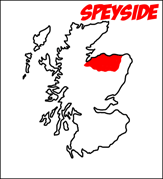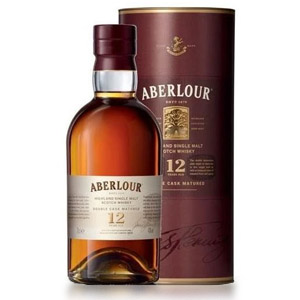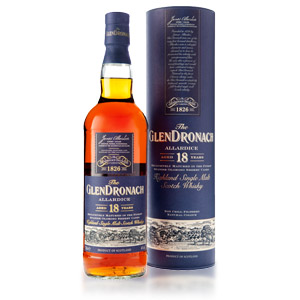When someone asks me to recommend a single malt scotch, the name “Glen Moray” does not pop immediately to mind. Why not? It’s a malt whisky distillery in its own right, just like heavy-hitters Glenfiddich and The Macallan. It may be smaller, but I recommend small distilleries like Oban all the time. So why not Glen Moray?
I posed that question as if I have an answer, but I don’t. It’s just the way the whisky industry works: big brands pay for marketing and have volumes that support wide distribution so they get all the attention, while small brands – especially those that don’t have a long history of single malt retail offerings and instead were historically relegated to blending stock – fly under the radar. A cynic might also suggest that distilleries that don’t get a lot of attention don’t get a lot of attention for a reason. If they were regularly releasing gems, then they would have been discovered by now. I’m sure there’s some truth there, too.
Glen Moray is located in Elgin, Scotland, in the whiskymaking region known as Speyside. It was founded in 1897 by a group of local businessmen and began production in 1898. The distillery has changed ownership several times throughout its history, but has consistently produced single malt scotch whisky. During World War II, the distillery was used to produce industrial alcohol and was not used for whisky production again until the 1950s. In the 1980s the distillery was expanded and modernized. The distillery gets its process water from the river Lossie and uses a combination of sherry casks and ex-bourbon American oak casks to mature its whisky, which has become the norm in the modern era of scotch production. The distillery was purchased from LVMH (the owners of former sister distillery Glenmorangie) in 2008 by French spirits company La Martiniquaise.
The one explicitly positive thing that I can say about Glen Moray is that its whiskies are priced very reasonably. I can’t think of another 15 year-old official bottling of single malt that can be purchased for $55. Most of them are in excess of $70 now.
This 15 year-old bottling is aged in a combination of oloroso sherry casks and ex-bourbon American oak casks, which has become so common that it’s hardly worth mentioning anymore. Everyone’s doing the DoubleWood thing these days. The whisky is unfortunately bottled at the minimum legal strength of 40% ABV. The whisky is both chill-filtered and has added caramel coloring to standardize its appearance. Do we call that “craft-less presentation”?
Nose: Delectable fruits: fresh berries, plums, apricots, and fig and blackberry jam. These fruit notes are very dominant – underneath I can only detect a mild caramel sweetness and basic malty cereals.
Palate: Thin body. Negligible tongue burn. The fruits are still there, but now nicely balanced against shortbread cookies and malted breakfast cereal.
Finish: Medium length. Tart still, and quite thin. Lingers for awhile, but with very little weight. That said, there’s also no bitterness. Fades without evolving.
With Water: A few drops of water initially kill the aroma, absolutely requiring a rest in the glass. When it comes back there’s a note of bubblegum but the depth of fruit is missing. The palate feels thinner (if that’s possible) but more of it carries through the anemic finish. This does not need water, skip it.
Overall: Soo… this is a fruit bomb on the nose and no mistake. The palate is pleasant and well-balanced, but it all falls apart on the finish. I guess that’s why this is a $55 bottle and not an $80 bottle. Still, if you’re looking for a reasonable deal that’s an upgrade from standard 12 year-old single malts, and you like fruit-forward whisky, this is a very reasonable choice.
I’ll give it a Try Before Buy, but if I just described you in the above sentence then go ahead and feel safe buying a bottle, especially if you can find it for under $60, which is very reasonable these days.









I think two points need to be made. The first is that taste is subjective. If you like someone likes something I don’t like, great. Enjoy. Everyone should buy what they like and enjoy what they drink. The second point is that distilleries fly under the radar for many reasons. Most of the time, but not all of the time, that reason is unique to that particular distillery. Some lack marketing funds, while other release terrible products. It’s hard to imagine an unknown distillery cultivating much attention these days without some degree of craft presentation. All of this makes me happy that I got into whisky in the good old days when you could pretty much grab any entry level bottling for a reasonable price. I feel all that knowledge I gained back then helps me to make informed purchases on more expensive bottles to this day.
On an unrelated note I finally got around to picking up a bottle of GlenDronach port wood last week. When I opened it the other night I looked up your review from 4/26/21. Your notes were spot on. I hope you’ve finally gotten around to trying the GD cask strength. Cheers and keep up the good work.
Good points, thanks Joe!